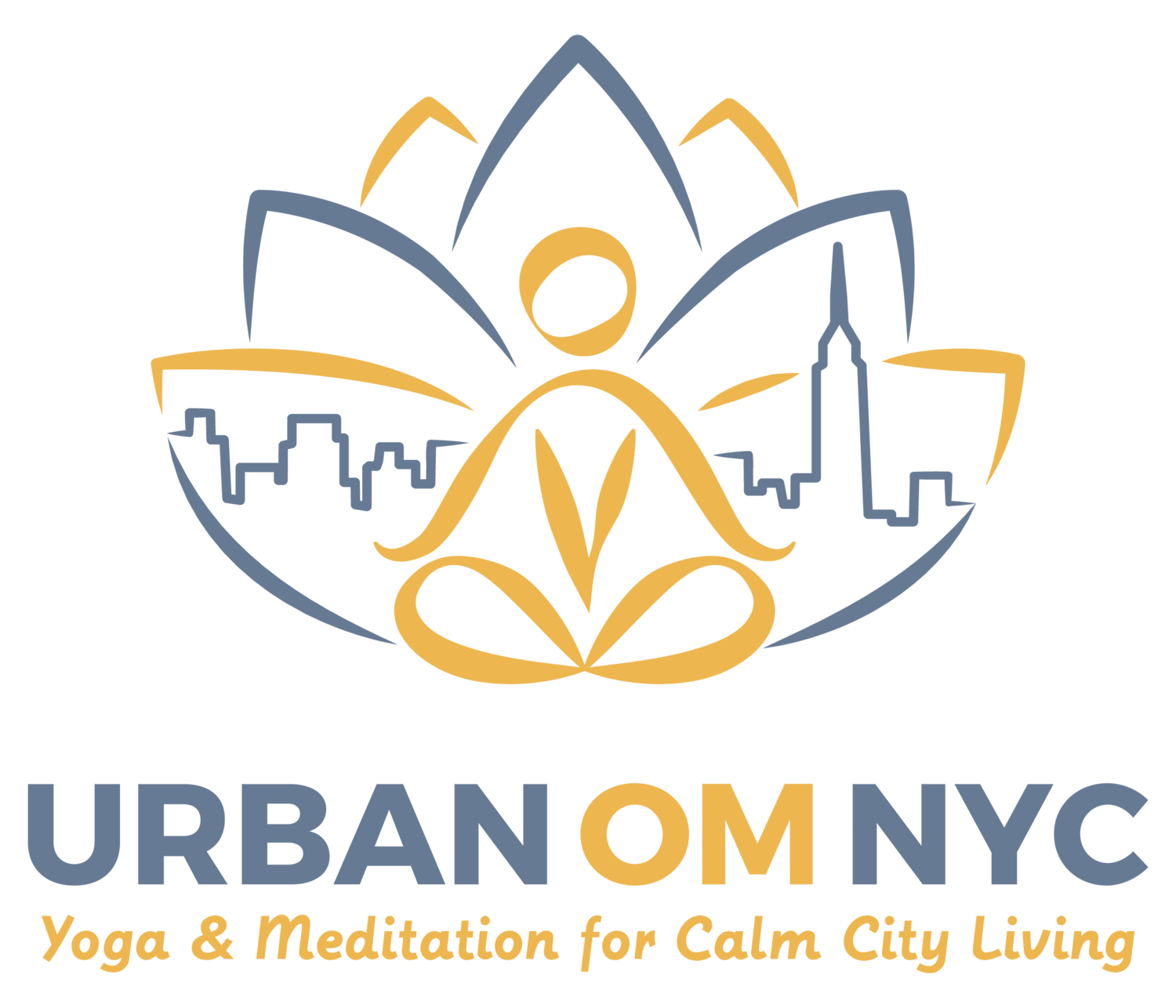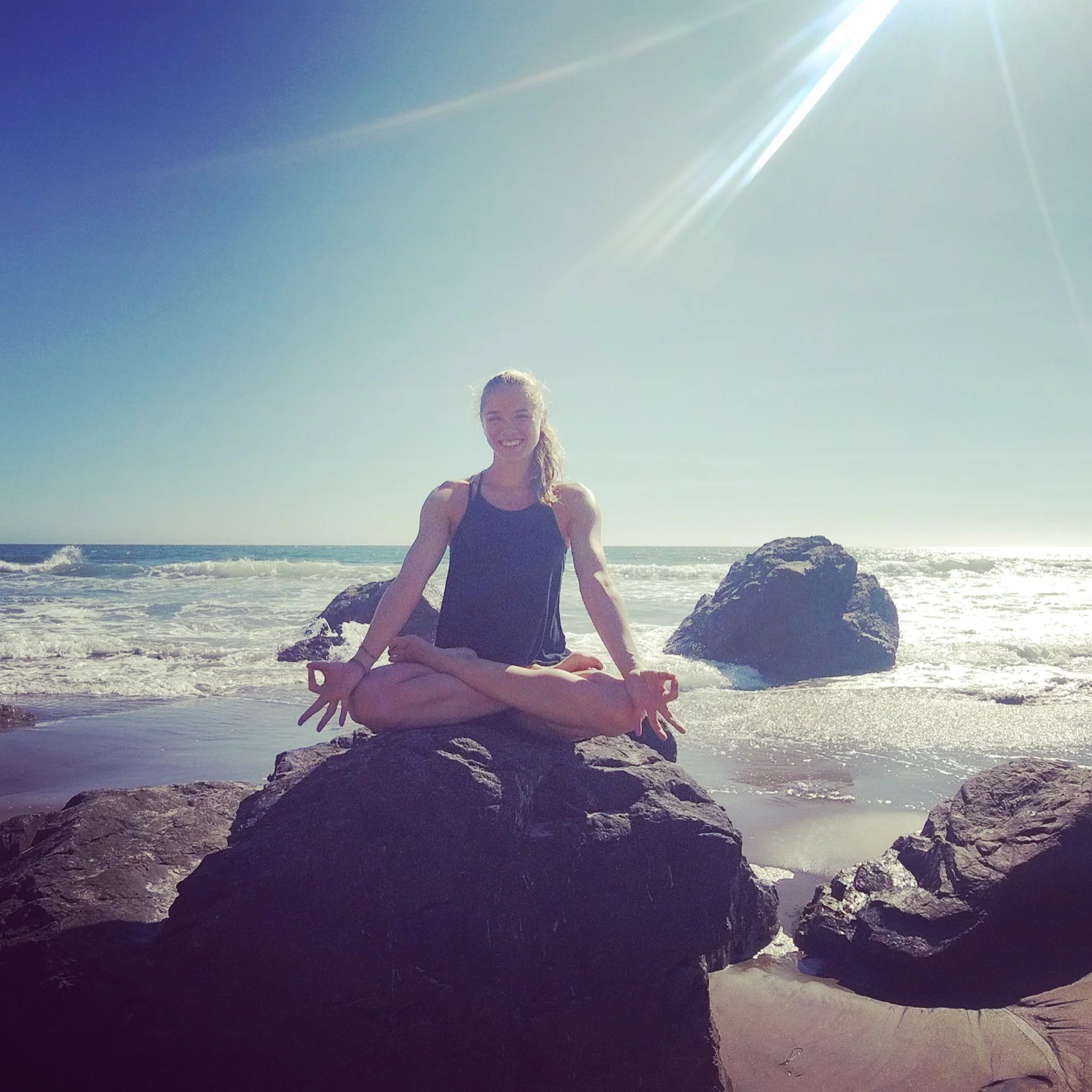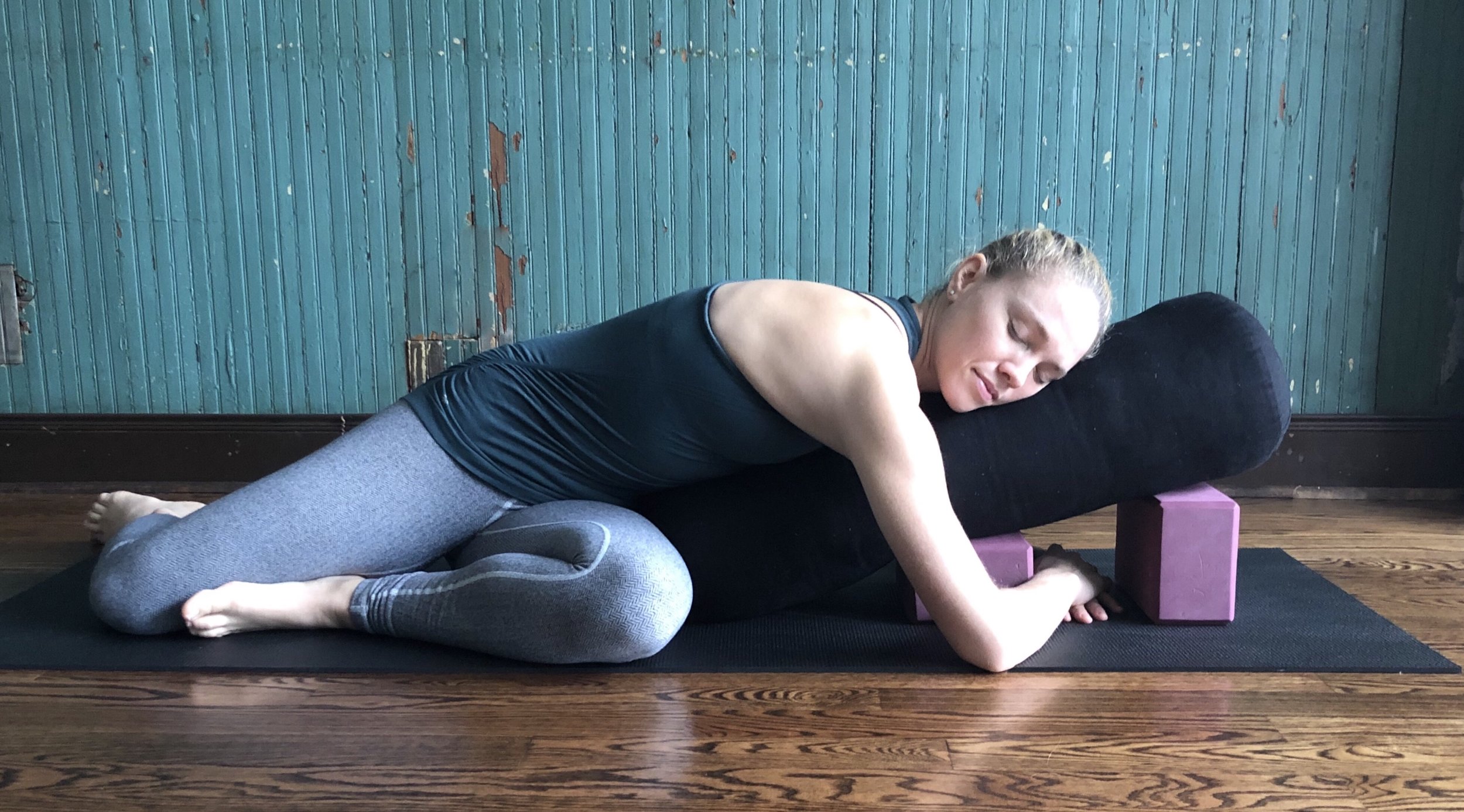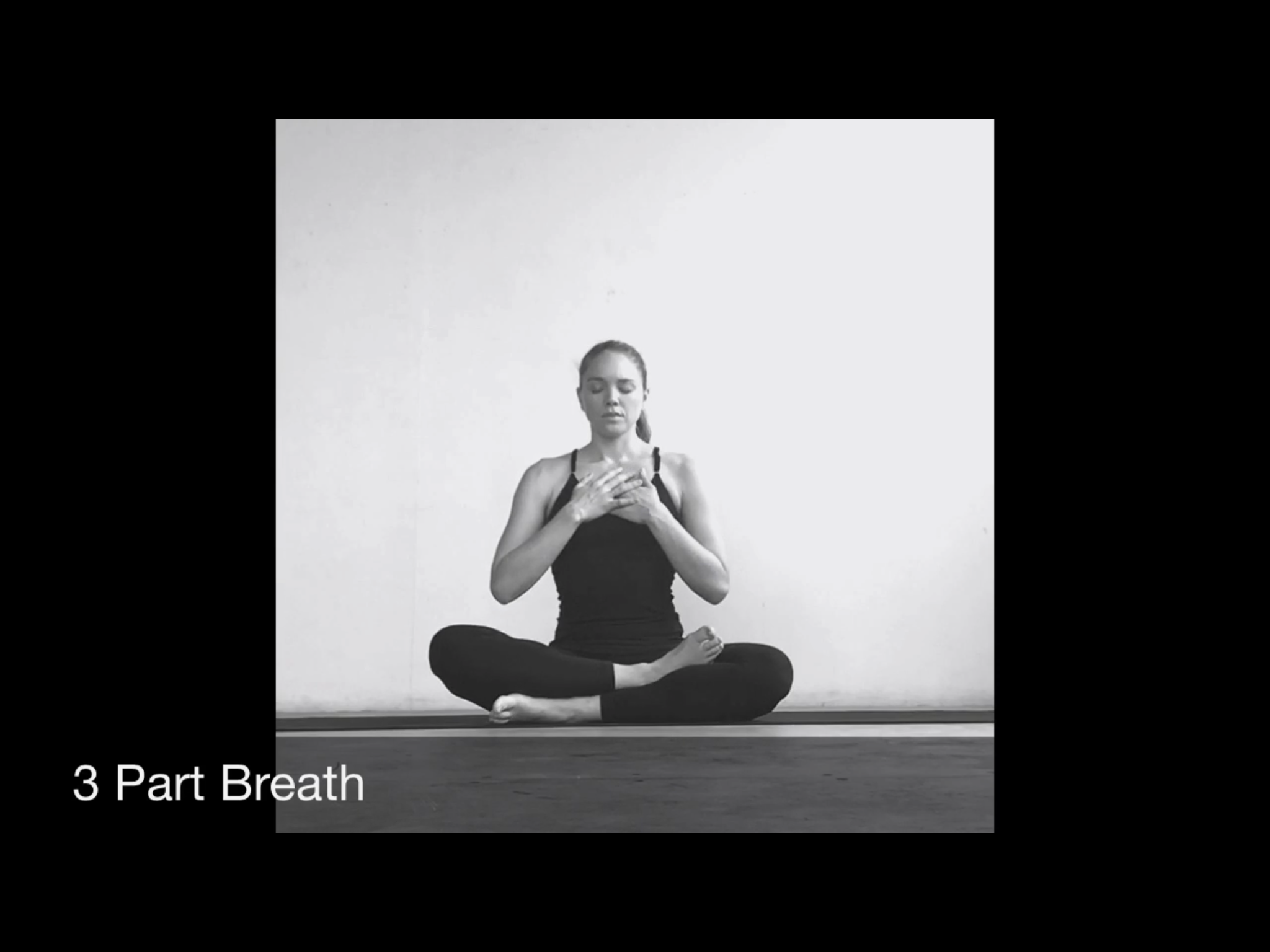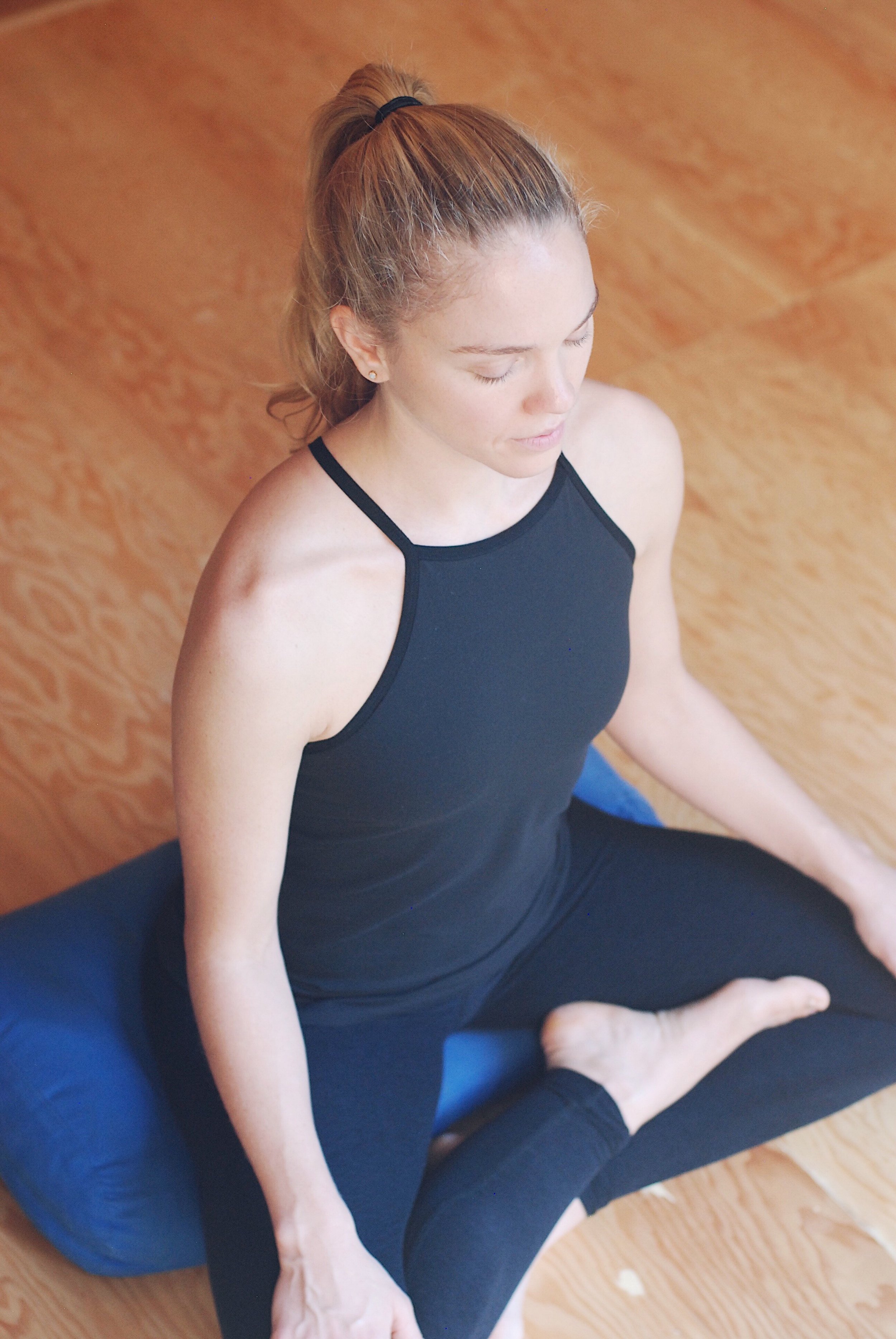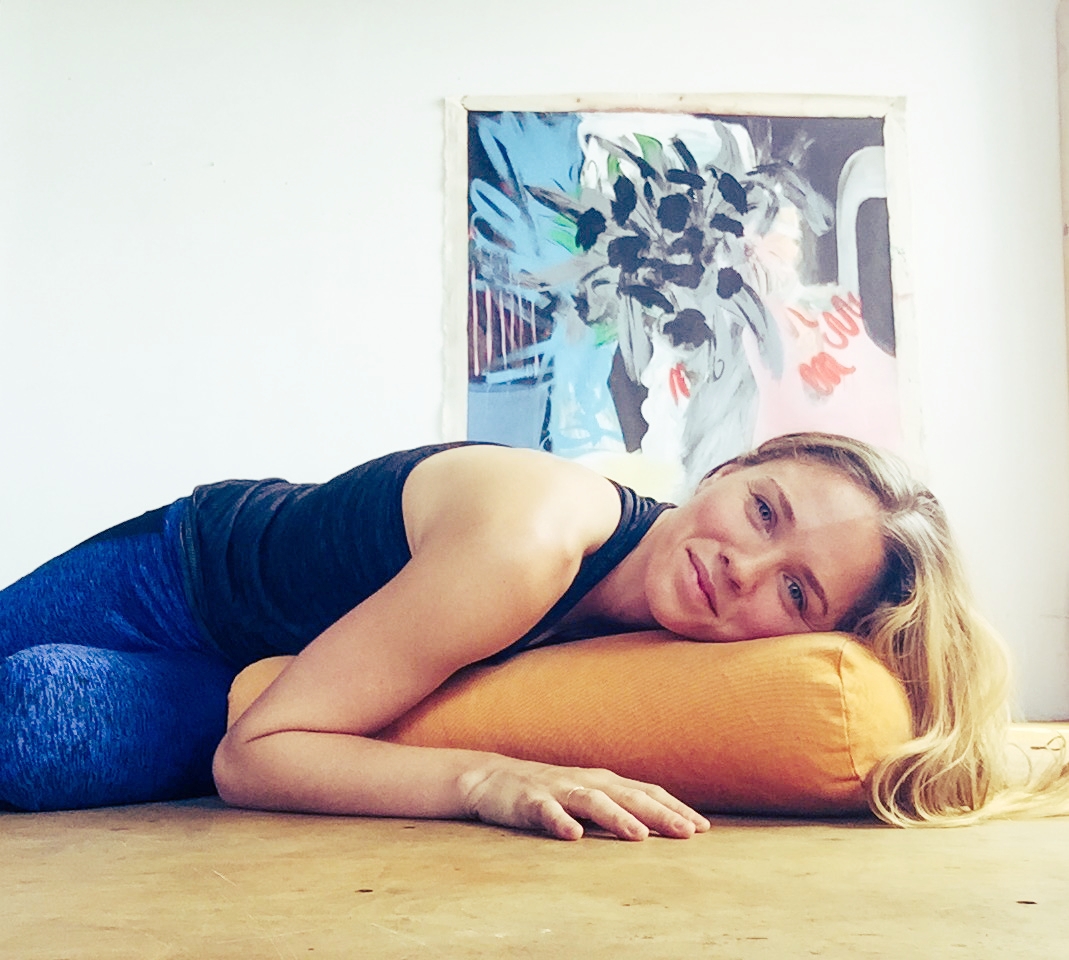I recently returned to Brooklyn after a 10 day vacation in California. I love traveling and California always feels like my home away from home so I was happy to head west for a bit.
Traveling can be an amazing adventure, one that encourages you to leave your comfort zone, try new things and experience different cultures. It creates opportunity to discover fresh perspective by nudging you out of your usual routine.
Combining your travels with a bit of yoga here and there can keep you feeling grounded and calm while on the road. Below are a few tips to help squeeze in some yoga and healthy habits while exploring new terrain. Happy travels yogis!!
Love Wall in Venice Beach, California
Pack a yoga mat
You can purchase a mat bag for as little as $10. Lightweight and easily portable, you can carry your bag onto the plane as a carryon and slide your mat under your airplane seat. If you have your mat during your travels, you are much more likely to practice. It can be great to find a class at a local studio but sometimes when one is visiting family and friends, there is not time for a full yoga class every day. Find a quiet space to practice for as much time as you have available.
Find a shady spot outside to practice while on vacation
A 10 minute yoga practice can make all the difference
Really. Taking time to center yourself, set an intention for the day and move your body makes you a happy traveler and travel companion. Even if you only have a few minutes to stretch and breathe, you will find yourself making healthier choices throughout the day. So often traveling is the opposite of structure. We are often going with the flow and ‘winging’ it, so to say. By adding a bit of structure to your day in the form of a yoga or meditation practice, you will find that you can relax and go with the flow a bit more.
Practice first thing in the morning
I know it’s vacation and you want to sleep in but if you can wake up just a few minutes early to squeeze in a practice, your body will be happy with you for the rest of the day.
Meditate
I personally love the Headspace meditation app. It has super simple meditations and cute animations to boot. Choose from several minutes of meditation up to one hour. They also have 1 minute kids meditations if you are traveling with kiddos. On my recent JetBlue flight there were several Headspace meditations in the inflight entertainment so check your flight’s channels and you might be so lucky.
Pack Healthy Snacks
Keep your blood sugar even to avoid sugar crashes. I always love having snacks such as Lara bars, almonds, and fruit in my bag as to avoid the hangry stage ;) It is also always great to have options while at the airport where food is often overpriced.
Find a local studio
It can be a lot of fun to check out a local yoga studio while traveling. Often times family or friends will have a recommendation or they will be up for trying a new class with you. Just as it can be eye opening to experience a different culture, it is always interesting to try a new practice and experience a new view on yoga and meditation.
Know that it’s ok if you stray from your yoga plan
Also, remember that you are on vacation and if you fall out of your usual yoga routine, it is not the end of the world. Sometimes we need a break from practice for one reason or another. Often it is the absence of our yoga practice when we realize how much benefit our practice offers. Do your best while on the road and then get back into your usual routine once you are back home.
I wish you safe and happy travels!
